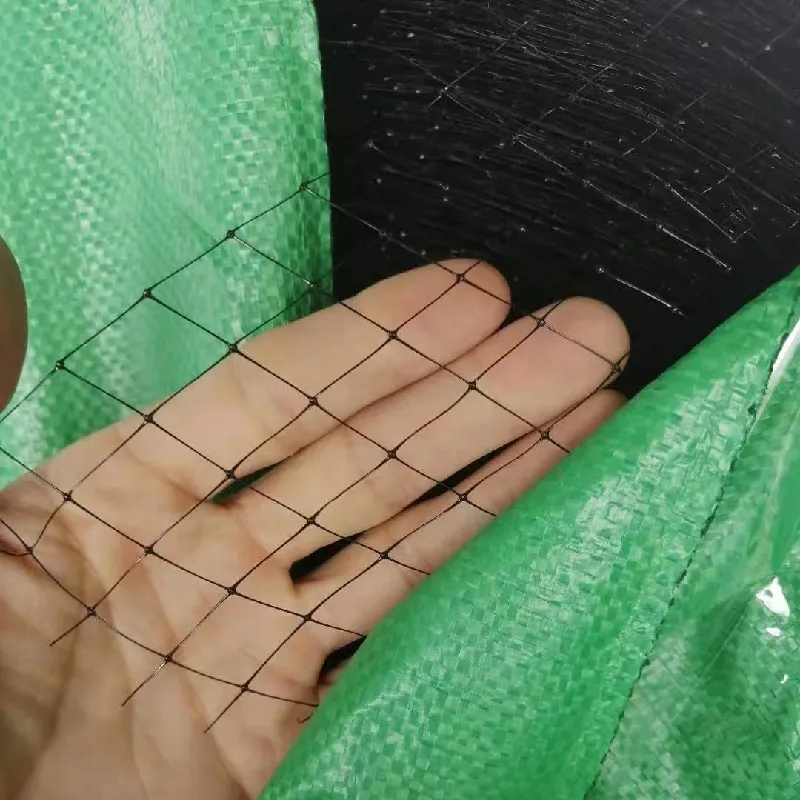-
 Afrikaans
Afrikaans -
 Albanian
Albanian -
 Amharic
Amharic -
 Arabic
Arabic -
 Armenian
Armenian -
 Azerbaijani
Azerbaijani -
 Basque
Basque -
 Belarusian
Belarusian -
 Bengali
Bengali -
 Bosnian
Bosnian -
 Bulgarian
Bulgarian -
 Catalan
Catalan -
 Cebuano
Cebuano -
 China
China -
 Corsican
Corsican -
 Croatian
Croatian -
 Czech
Czech -
 Danish
Danish -
 Dutch
Dutch -
 English
English -
 Esperanto
Esperanto -
 Estonian
Estonian -
 Finnish
Finnish -
 French
French -
 Frisian
Frisian -
 Galician
Galician -
 Georgian
Georgian -
 German
German -
 Greek
Greek -
 Gujarati
Gujarati -
 Haitian Creole
Haitian Creole -
 hausa
hausa -
 hawaiian
hawaiian -
 Hebrew
Hebrew -
 Hindi
Hindi -
 Miao
Miao -
 Hungarian
Hungarian -
 Icelandic
Icelandic -
 igbo
igbo -
 Indonesian
Indonesian -
 irish
irish -
 Italian
Italian -
 Japanese
Japanese -
 Javanese
Javanese -
 Kannada
Kannada -
 kazakh
kazakh -
 Khmer
Khmer -
 Rwandese
Rwandese -
 Korean
Korean -
 Kurdish
Kurdish -
 Kyrgyz
Kyrgyz -
 Lao
Lao -
 Latin
Latin -
 Latvian
Latvian -
 Lithuanian
Lithuanian -
 Luxembourgish
Luxembourgish -
 Macedonian
Macedonian -
 Malgashi
Malgashi -
 Malay
Malay -
 Malayalam
Malayalam -
 Maltese
Maltese -
 Maori
Maori -
 Marathi
Marathi -
 Mongolian
Mongolian -
 Myanmar
Myanmar -
 Nepali
Nepali -
 Norwegian
Norwegian -
 Norwegian
Norwegian -
 Occitan
Occitan -
 Pashto
Pashto -
 Persian
Persian -
 Polish
Polish -
 Portuguese
Portuguese -
 Punjabi
Punjabi -
 Romanian
Romanian -
 Russian
Russian -
 Samoan
Samoan -
 Scottish Gaelic
Scottish Gaelic -
 Serbian
Serbian -
 Sesotho
Sesotho -
 Shona
Shona -
 Sindhi
Sindhi -
 Sinhala
Sinhala -
 Slovak
Slovak -
 Slovenian
Slovenian -
 Somali
Somali -
 Spanish
Spanish -
 Sundanese
Sundanese -
 Swahili
Swahili -
 Swedish
Swedish -
 Tagalog
Tagalog -
 Tajik
Tajik -
 Tamil
Tamil -
 Tatar
Tatar -
 Telugu
Telugu -
 Thai
Thai -
 Turkish
Turkish -
 Turkmen
Turkmen -
 Ukrainian
Ukrainian -
 Urdu
Urdu -
 Uighur
Uighur -
 Uzbek
Uzbek -
 Vietnamese
Vietnamese -
 Welsh
Welsh -
 Bantu
Bantu -
 Yiddish
Yiddish -
 Yoruba
Yoruba -
 Zulu
Zulu
The Hidden Benefits of Invisible Netting in Sustainable Fishing Practices and Marine Conservation Efforts
The Concept of Invisible Netting An Innovative Approach to Protection
In a world constantly evolving with technology and environmental challenges, traditional methods of protection often fall short. Enter the concept of invisible netting, a revolutionary approach that seamlessly combines innovation with practicality. This term, while it may evoke imagery of intangible barriers, is primarily associated with advanced protective technologies designed to safeguard people, property, and the environment without being obtrusive.
Invisible netting can be understood through several key applications across various fields including safety, wildlife conservation, and even cybersecurity. One of the most popular applications of invisible netting is its use in urban planning and architectural design. Nowadays, cities are increasingly vulnerable to a range of threats, including extreme weather events and urban wildlife encroachments. For instance, transparent barriers or netting solutions can protect buildings from potential damage caused by flying debris during storms, without obstructing the view or aesthetics of a public space.
In wildlife conservation, invisible netting serves a critical role. Traditional fencing often disrupts animal migration patterns and poses risks to their natural behaviors. However, innovative technologies have led to the development of netting that is virtually invisible to both human eyes and wildlife. These invisible barriers can protect crops from being ravaged by birds or other animals while allowing them to coexist harmoniously with their surroundings. This not only maintains the ecological balance but also ensures agricultural productivity without resorting to harmful pesticides or other disruptive measures.
invisible netting

Moreover, the concept of invisible netting can also be applied in cybersecurity. In today's digital landscape, the concept of invisible netting refers to the layers of security measures that protect information systems from cyber threats. Just as physical netting serves as a barrier to protect physical entities, cybersecurity measures act as invisible safeguards that prevent unauthorized access to sensitive data and systems. This can include encryption protocols, multi-factor authentication, and continuous monitoring techniques that work behind the scenes to keep digital vulnerabilities at bay.
Invisible netting also extends into the realm of personal safety. With the rise of smart home technology, devices like motion sensors and security cameras are often discreetly integrated into homes. These systems act like invisible nets, providing a protective shield that alerts homeowners to potential threats without intruding into their living spaces. This seamless integration of technology fosters a sense of security that allows individuals to feel safe in their environments.
Despite the promise that invisible netting holds, it is essential to consider potential challenges associated with these innovative solutions. Issues such as privacy concerns, regulatory compliance, and the environmental impact of manufacturing these protective technologies must be addressed to ensure they can function effectively and sustainably. As we continue to innovate, it is critical that we find a balance between employing advanced protective measures and maintaining our responsibilities toward the environment and societal norms.
In conclusion, invisible netting represents a multifaceted approach to protection that spans various domains, from physical safety to biodiversity and cybersecurity. Embracing such innovative solutions not only enhances our security but also promotes coexistence between humanity and nature. By integrating smart, unobtrusive barriers into our lives, we can build a resilient future where protection is not only effective but also harmonious with the world around us. The challenge ahead lies in refining these technologies to maximize their potential while addressing any associated risks, ensuring that the concept of invisible netting truly serves as a transformative force for safety and sustainability in our lives.
-
Shipping Plastic Bags for Every NeedNewsJul.24,2025
-
Safety Netting: Your Shield in ConstructionNewsJul.24,2025
-
Plastic Mesh Netting for Everyday UseNewsJul.24,2025
-
Nylon Netting for Every UseNewsJul.24,2025
-
Mesh Breeder Box for Fish TanksNewsJul.24,2025
-
Expanded Steel Mesh Offers Durable VersatilityNewsJul.24,2025











